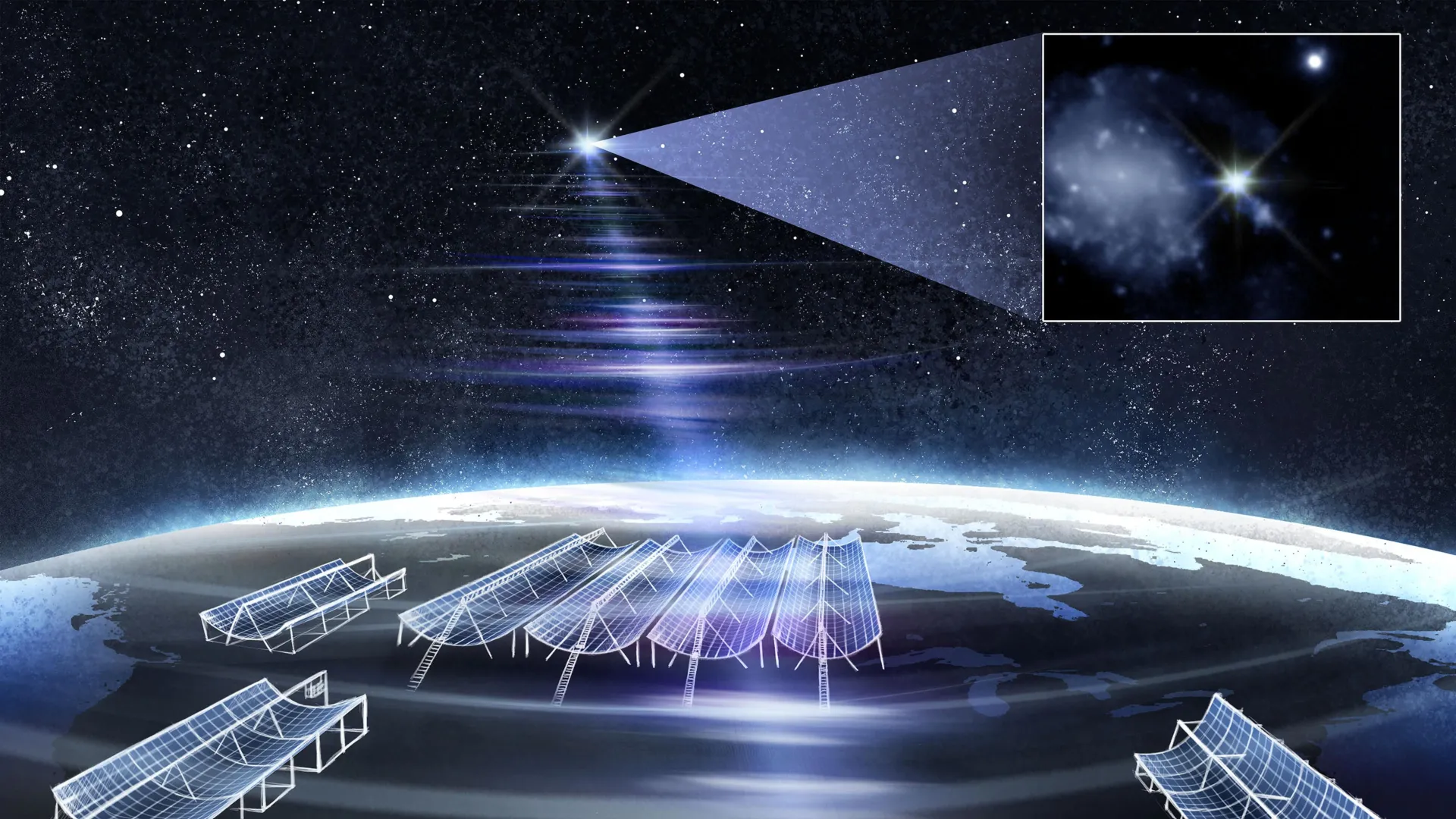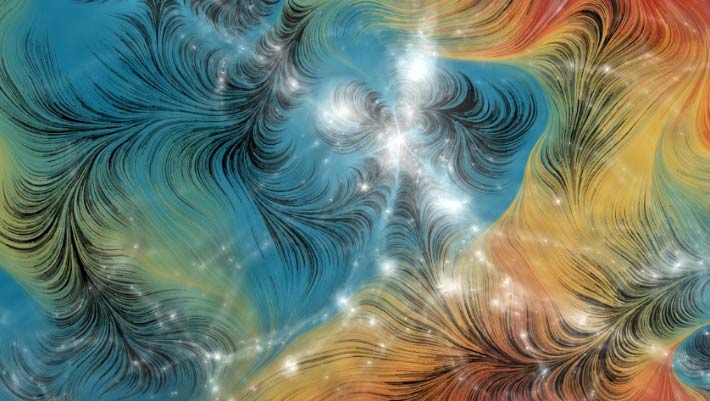
A team of astronomers spotted RBFLOAT, one of the brightest fast radio bursts ever seen, and traced it to a galaxy 130 million light-years away.

Astronomers have used Fast Radio Bursts (FRBs) to show that more than three-quarters of the Universe's ordinary matter has been hiding in the thin gas between galaxies.

Fast radio bursts (FRBs) are puzzling phenomena because their details are so difficult to resolve. Astronomers added another piece to the puzzle with the detection of an FRB that seems to originate in a dead galaxy.

When a magnetar within the Milky Way galaxy belched out a flare of colossally powerful radio waves in 2020, scientists finally had concrete evidence to pin down an origin for fast radio bursts.

Astronomers using NASA's Hubble Space Telescope have found a rare fast radio burst (FRB). This new FRB is particularly weird because it erupted halfway across the universe, making it the farthest and most powerful example detected to date.

A new study published in the Monthly Notices of the Royal Astronomical Society has now shed new light on them, after spotting a “highly active” repeating FRB signal that is behaving differently to anything ever detected before.

A recent study examines the discovery of what astronomers are dubbing "ultra-fast radio bursts", a new type of fast radio bursts (FRBs) that the team determined lasts for a mind-boggling ten millionths of a second or less.

Fast radio bursts, or FRBs, are an astronomical mystery, with their exact cause and origins still unconfirmed. A recent research found several notable similarities between FRBs and earthquakes.

In a new research scientists observed a repeating fast radio burst for more than a year and discovered signs it is surrounded by a strong but highly changeable magnetic field.

In new research, a Canadian-led team of astronomers turned up another 25 repeating FRBs, doubling the number already discovered.

Of the over 1,000 FRBs detected to date, only 29 were identified as repeating. The nature of fast radio bursts is still unknown.

The object, named FRB 20201124A, was detected with FAST telescope in China. We still don't know the souce of these signals from space. And this recent discovery just added more to the mystery.

Not only was it very long, lasting about three seconds, but there were periodic peaks that were remarkably precise, emitting every fraction of a second – like a heartbeat. This is the first time the signal itself is periodic.

By connecting two of the biggest radio telescopes in the world, astronomers have discovered that a simple binary wind fast radio bursts after all. The bursts may come from a highly magnetized, isolated neutron star - magnetar.

The CHIME radio observatory detected over 500 Fast Radio Bursts (FRBs) during its first year in operation. Before CHIME, there were less than 100 total discovered FRBs.